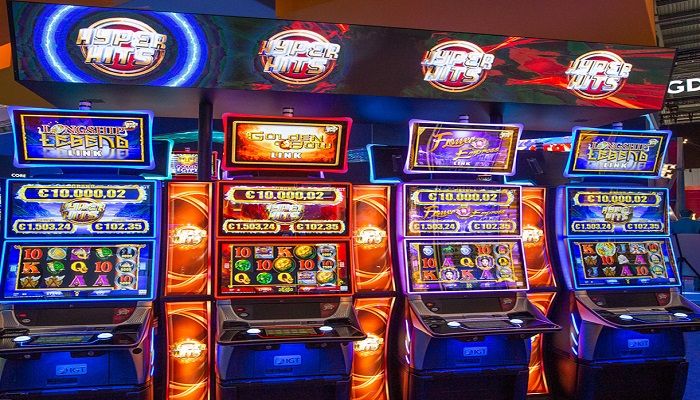Slot games: the flashing lights, the enticing sounds, and the thrill of the reels spinning, all contributing to an experience that captivates millions worldwide. Beyond their entertainment value, these games are a fascinating blend of art and mathematics, intricately designed to offer both enjoyment and a calculated chance of winning. The seemingly random spins are, in fact, the result of meticulous mathematical algorithms that govern the odds in every slot machine. Let’s delve deeper into the complex world of lemacau game odds.
At the heart of every slot machine is the Random Number Generator (RNG). This sophisticated software is responsible for generating thousands of numbers every second, even when the machine is not in use. These numbers correspond to the positions of the reels, determining the outcome of each spin. The RNG ensures that each spin is independent and entirely random, providing a fair chance for every player.
Understanding the concept of “payback percentage” is crucial in comprehending slot game odds. This percentage refers to the amount of money a slot machine is programmed to pay back to players over time. For example, if a machine has a payback percentage of 95%, it means that, theoretically, for every $100 wagered, the machine will pay back $95 to players in winnings.
The intricate math behind slot game odds involves multiple elements, including the number of reels, symbols per reel, and the probability calculations associated with each winning combination. Modern slot machines are equipped with various symbols, bonuses, and special features, contributing to the complexity of the mathematical models governing their odds.
The arrangement of symbols on the reels and their frequency dictate the probability of hitting winning combinations. For instance, a slot machine with fewer high-paying symbols will have lower odds of hitting a winning combination than one with more of these symbols. The distribution of symbols across the reels is meticulously designed to achieve specific payback percentages while maintaining the game’s entertainment value.
Volatility, or variance, is another crucial factor affecting slot game odds. High volatility slots offer larger but less frequent wins, while low volatility slots provide smaller but more frequent wins. The volatility of a slot game is determined by its mathematical model, impacting the player’s experience and potential winnings.
While the mathematics behind slot game odds might seem complex, it’s this intricate design that ensures the gaming industry’s integrity and fairness. Regulated casinos and game developers adhere to strict standards to guarantee the randomness and fairness of their slot machines, undergoing rigorous testing and certification processes.
Players should approach slot games with an understanding that while the odds are calculated to favor the house in the long run, individual outcomes are entirely random. Luck plays a significant role, and responsible gaming practices, such as setting limits and understanding the odds, are essential for an enjoyable and controlled gaming experience.
In conclusion, behind the flashing lights and spinning reels of slot machines lies a world of intricate mathematics. The Random Number Generator, payback percentages, symbol arrangements, and volatility all intertwine to create the odds that govern these beloved games. Understanding the mathematics behind slot game odds provides a deeper appreciation for the craftsmanship involved while emphasizing the importance of responsible gaming.
Slot games continue to evolve, incorporating cutting-edge technology and innovative features, but their foundation remains rooted in the precise mathematical calculations that define their odds. The next time you spin the reels, remember, there’s more than meets the eye in the fascinating world of slot game mathematics.
